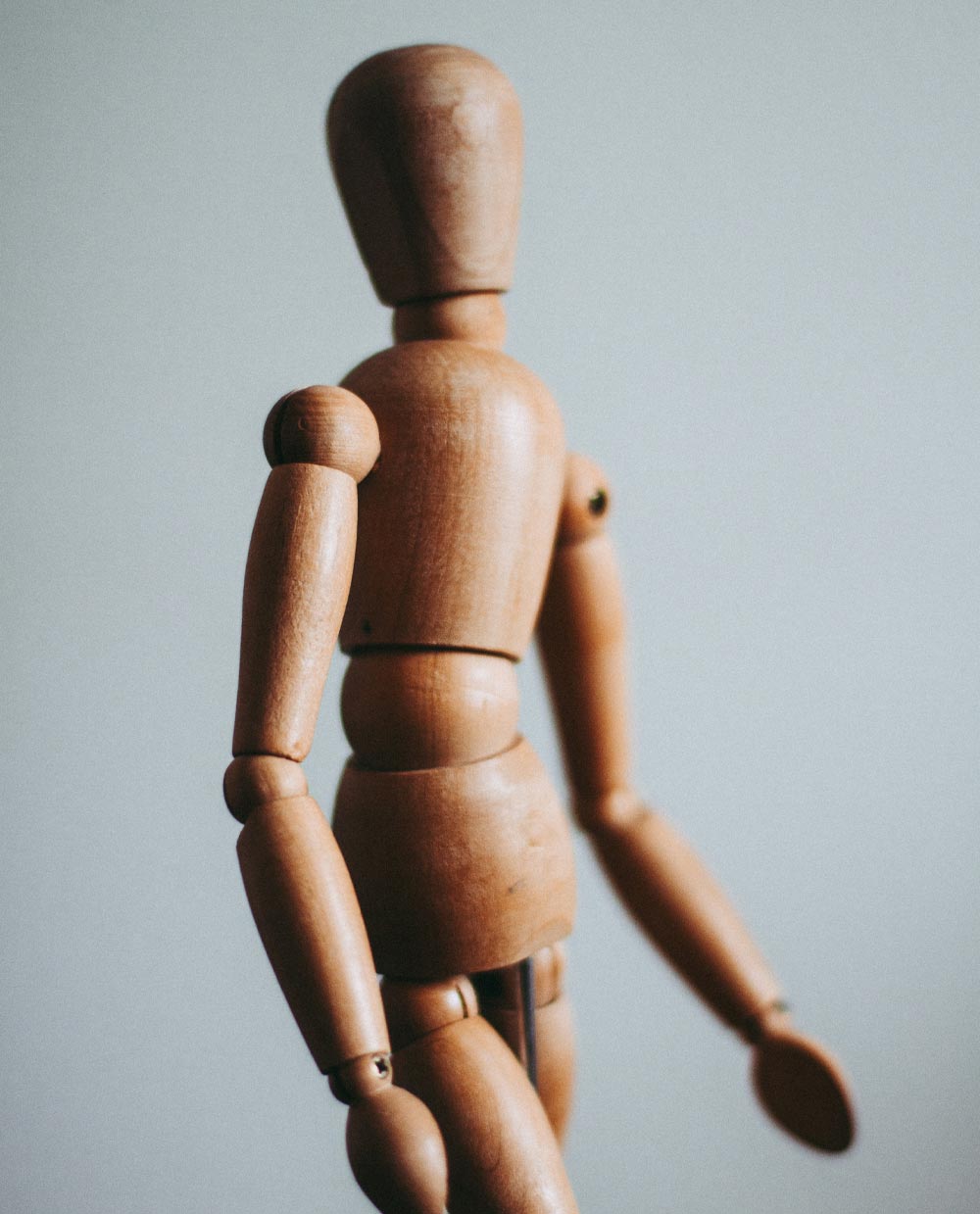The Subtle Art of Body Language

Photo by Kira auf der Heide on Unsplash
I have this peculiar habit of making mental checklists each morning. It includes all my tasks for the day.
So essentially my morning ritual includes sitting with my cup of coffee for a half hour, sorting the day out in my mind. You will find me in a sort of trance, inhaling the aroma of my brew between quick sips, thinking about what I need to get done through the day. And when going through the imaginary checklist, I always look up, zone out and stare at the ceiling. It helps me think.
I didn’t realise how often or how long I’ve been doing this, but one recent morning, when I did the act with a stiff neck, my habitual glance upward was slightly painful, and the discomfort made me suddenly aware of how regularly I do this.
Now you might think I have too much time on my hands but this seemingly random thought actually led to a stream of curiosity–what were my other non verbal habits? What about my husband’s? (I don’t know if he’s noticed yet but I’ve been watching him very closely since I had this epiphany.)
I suddenly started to spot the clench in my jaw when I am angry or annoyed. And the way both my husband and I are always biting our nails, especially when we’re really stressed. Or when his eyes soften and almost close in a moment of passion but he barely blinks when I suspect he’s not being truthful about completing a task, and he’s trying to get away with it. (Ironically, I just rolled my eyes!)
So the obvious next question was, what do these non verbal cues mean?
According to an article by Jordan Lansley published by The Emotional Intelligence Academy (EIA), this is all part of body language, or kinesics— “Behaviours, emotions, and thoughts can be sent both consciously and unconsciously, displayed through; Gestures, Illustrators, Manipulators, Facial expressions, Eye movement, Posture, Tension, Touch & Proxemics.” I quickly looked up our own patterned movements and it was fascinating to register them as part of a greater subject on human behavior!
I found a range of really interesting other examples that are often universally shared by humans, too. Lansley writes about how we raise our brows when emphasizing or highlighting a point we’re making. Suddenly crossing our arms could display tension and our eyes reduce blinking when screening the pages of a book. He also confirmed my suspicions about my husband, “In a lie, the blinks may go from a normal base rate to no blinks or very few blinks.” (Someone’s in trouble 🙂 )
I also discovered a study in Frontiers in psychology titled, “Looking for Creativity: Where Do We Look When We Look for New Ideas?” co authored by Carola Salvi and Edward M. Bowden, that states, “Anecdotally, when people are engaged in retrieving information from memory, imagining, problem solving or thinking creatively, they often shift their gaze from the problem or from other people toward an empty space or a blank wall.” So, my routined
act of looking up and shifting my gaze, could actually be reducing distractions, so that my mind is clear, and recollecting a memory is easier. That’s incredible!
And I think there’s a greater point here, besides being an intriguing topic.
Could understanding universal body language improve our relationships and communication?
Could it expand the way we understand our own selves?
Is this the key to learning how to literally read between the lines?
Will my husband stop lying about forgetting things I’ve reminded him to do a million times? (Especially after reading this article…promise I’ll still love you, babe)
Now that’s something to think about…
*Shifts gaze and stares at nearest blank wall*


